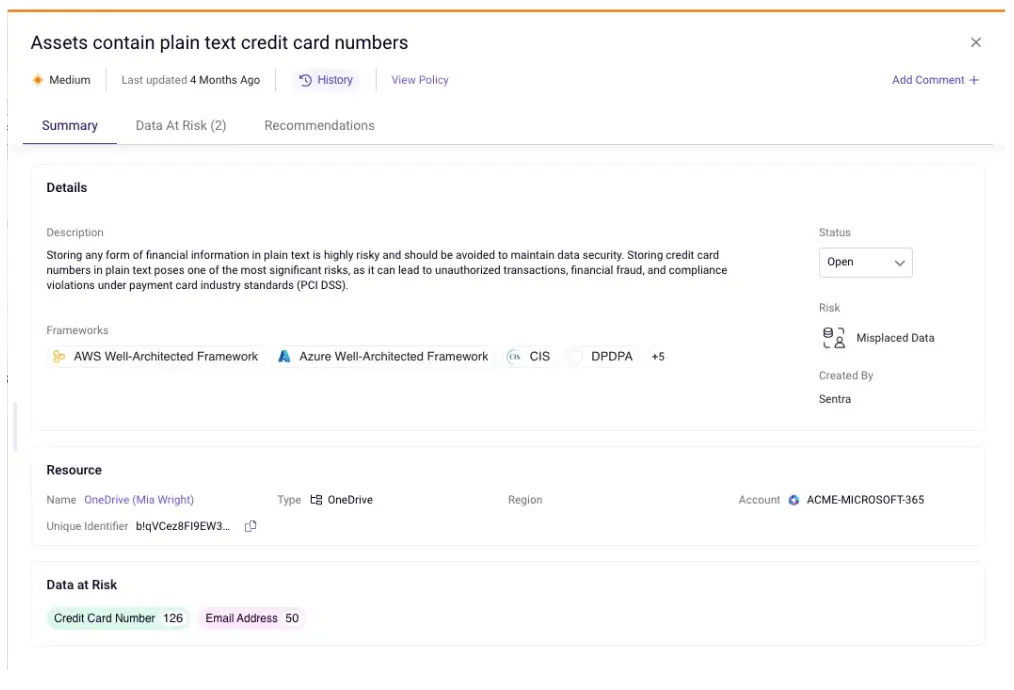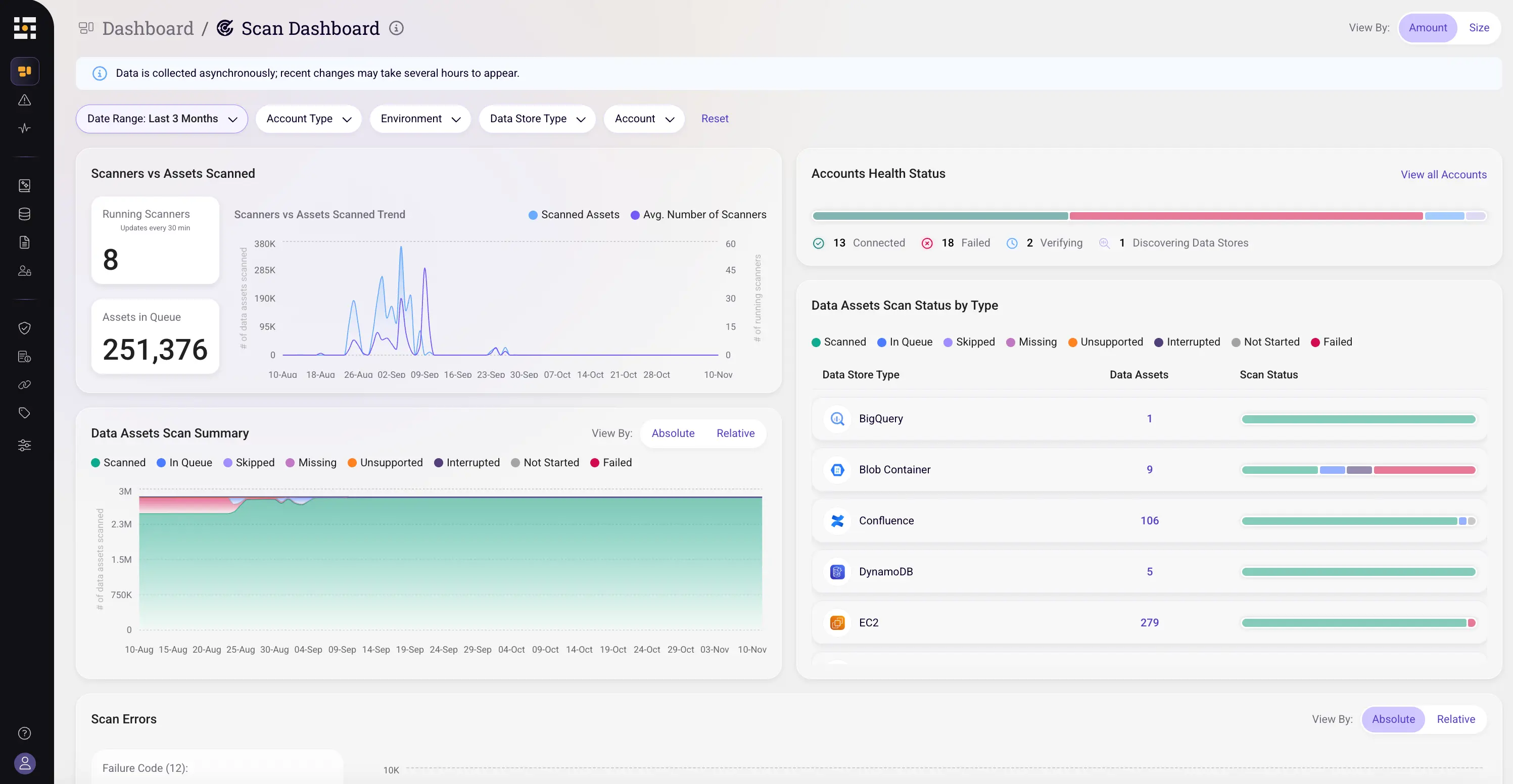Securing Unstructured Data in Microsoft 365: The Case for Petabyte-Scale, AI-Driven Classification
The modern enterprise runs on collaboration and nothing powers that more than Microsoft 365. From Exchange Online and OneDrive to SharePoint, Teams, and Copilot workflows, M365 hosts a massive and ever-growing volume of unstructured content: documents, presentations, spreadsheets, image files, chats, attachments, and more.
Yet unstructured = harder to govern. Unlike tidy database tables with defined schemas, unstructured repositories flood in with ambiguous content types, buried duplicates, or unused legacy files. It’s in these stacks that sensitive IP, model training data, or derivative work can quietly accumulate, and then leak.
Consider this: one recent study found that more than 81 % of IT professionals report data-loss events in M365 environments. And to make matters worse, according to the International Data Corporation (IDC), 60% of organizations do not have a strategy for protecting their critical business data that resides in Microsoft 365.
Why Traditional Tools Struggle
- Built-in classification tools (e.g., M365’s native capabilities) often rely on pattern matching or simple keywords, and therefore struggle with accuracy, context, scale and derivative content.
- Many solutions only surface that a file exists and carries a type label - but stop short of mapping who or what can access it, its purpose, and what its downstream exposure might be.
- GenAI workflows now pump massive volumes of unstructured data into copilots, knowledge bases, training sets - creating new blast radii that legacy DLP or labeling tools weren’t designed to catch.
What a Modern Platform Must Deliver
- High-accuracy, petabyte-scale classification of unstructured data (so you know what you have, where it sits, and how sensitive it is). And it must keep pace with explosive data growth and do so cost efficiently.
- Unified Data Access Governance (DAG) - mapping identities (users, service principals, agents), permissions, implicit shares, federated/cloud-native paths across M365 and beyond.
- Data Detection & Response (DDR) - continuous monitoring of data movement, copies, derivative creation, AI agent interactions, and automated response/remediation.
How Sentra addresses this in M365

At Sentra, we’ve built a cloud-native data-security platform specifically to address this triad of capabilities - and we extend that deeply into M365 (OneDrive, SharePoint, Teams, Exchange Online) and other SaaS platforms.
- A newly announced AI Classifier for Unstructured Data accelerates and improves classification across M365’s unstructured repositories (see: Sentra launches breakthrough unstructured-data AI classification capabilities).
- Petabyte-scale processing: our architecture supports classification and monitoring of massive file estates without astronomical cost or time-to-value.
- Seamless support for M365 services: read/write access, ingestion, classification, access-graph correlation, detection of shadow/unmanaged copies across OneDrive and SharePoint—plus integration into our DAG and DDR layers (see our guide: How to Secure Regulated Data in Microsoft 365 + Copilot).
- Cost-efficient deployment: designed for high scale without breaking the budget or massive manual effort.
The Bottom Line
In today’s cloud/AI era, saying “we discovered the PII in my M365 tenant” isn’t enough.
The real question is: Do I know who or what (user/agent/app) can access that content, what its business purpose is, and whether it’s already been copied or transformed into a risk vector?
If your solution can’t answer that, your unstructured data remains a silent, high-stakes liability and resolving concerns becomes a very costly, resource-draining burden. By embracing a platform that combines classification accuracy, petabyte-scale processing, unified DSPM + DAG + DDR, and deep M365 support, you move from “hope I’m secure” to “I know I’m secure.”
Want to see how it works in a real M365 setup? Check out our video or book a demo.
<blogcta-big>














.webp)
.webp)

